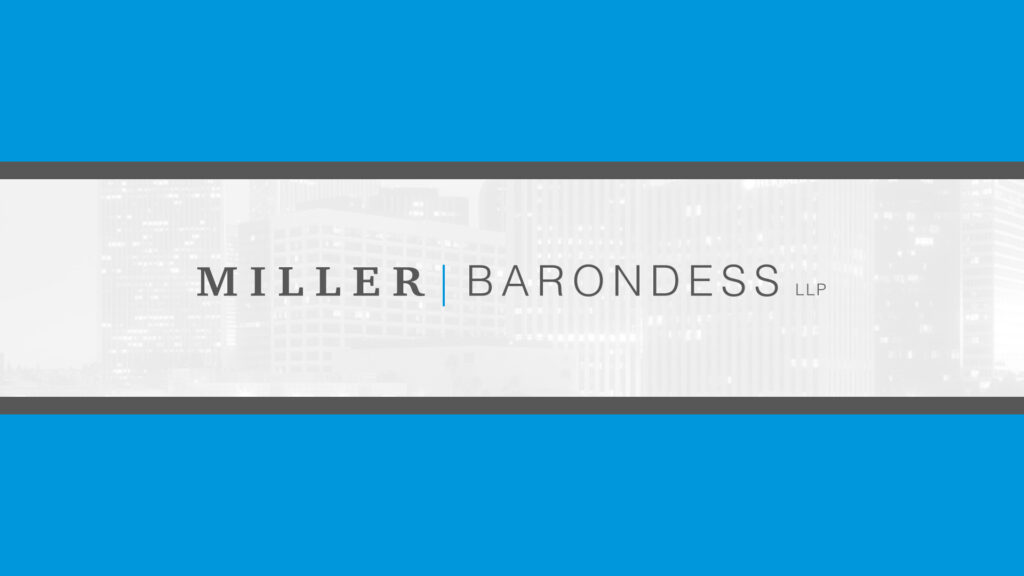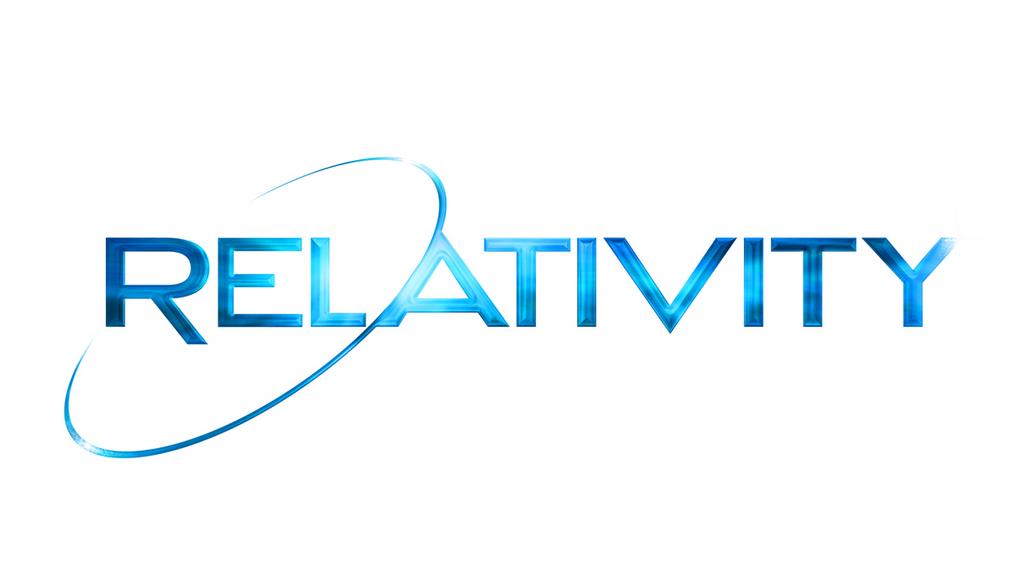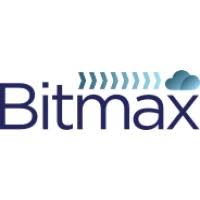Maximize Investment Value with 1031 Exchanges
1031 Exchanges Are a Critical Tool for CRE Transactions
Commercial real estate agents can use 1031 exchanges to help clients defer capital gains taxes and maximize investment value.
A practical guide on the rules, timelines, and benefits of IRC Section 1031 exchanges for investment property.

Understanding the Foundation of a 1031 Exchange
An Internal Revenue Code (IRC) Section 1031 exchange allows for the deferral of capital gains taxes on the exchange of property held for productive use in a trade or business or for investment. It is one of the oldest and most important tax planning tools for real estate investors, having been part of income tax law since 1921.
The “like-kind” requirement for a 1031 exchange is broadly defined by the IRS as property that is similar in nature or character, regardless of differences in grade or quality. This allows for a wide variety of exchanges, such as raw land for an apartment building or a duplex for a single-tenant property.
To qualify for an exchange, a property must be held for productive use in a trade or business or for investment. Personal residences, inventory property, and property purchased for resale generally do not qualify.
Key Requirements for a Successful Exchange
To successfully defer all capital gains taxes, investors must adhere to the following rules:
- Equal or Greater Value: The replacement property must be of equal or greater value than the relinquished property.
- Reinvest All Equity: All equity from the sale of the relinquished property must be reinvested in the replacement property.
- Equal or Greater Debt: The investor must obtain equal or greater debt on the replacement property, although a reduction in debt can be offset with additional cash.
How the Exchange Process and Timeline Work
The process of a 1031 exchange begins before the investment property is sold. It is crucial that the exchanger works with a Qualified Intermediary (QI), or Accommodator, before closing on the sale. The QI holds the sales proceeds in an escrow or trust account to ensure the exchanger does not take constructive receipt of the funds, which would terminate the exchange.
- 45-Day Identification Period: Starting from the date the relinquished property is sold, the exchanger has 45 days to identify potential replacement properties in writing with their QI. Once this period expires, the identified properties are the only ones eligible for the exchange.
- 180-Day Exchange Period: The replacement property must be received, and the exchange completed, by the earlier of 180 days after the transfer of the relinquished property or the due date of the income tax return (including extensions) for that year.
The Benefits of a 1031 Exchange
A 1031 exchange can be the single most important tax strategy for a client with investment property, helping them to preserve and grow their investment portfolio. It allows for the deferral of capital gains taxes, which can include:
- Long-Term Capital Gains Tax: Up to 20% depending on income.
- Net Investment Income Tax: Up to 3.8% on capital gains for those with an adjusted gross income above certain thresholds.
- Depreciation Recapture: Up to 25% on all deferred income from depreciation.
- State Taxes: 41 states also impose state capital gains taxes, which can be up to 13.3%.


































































